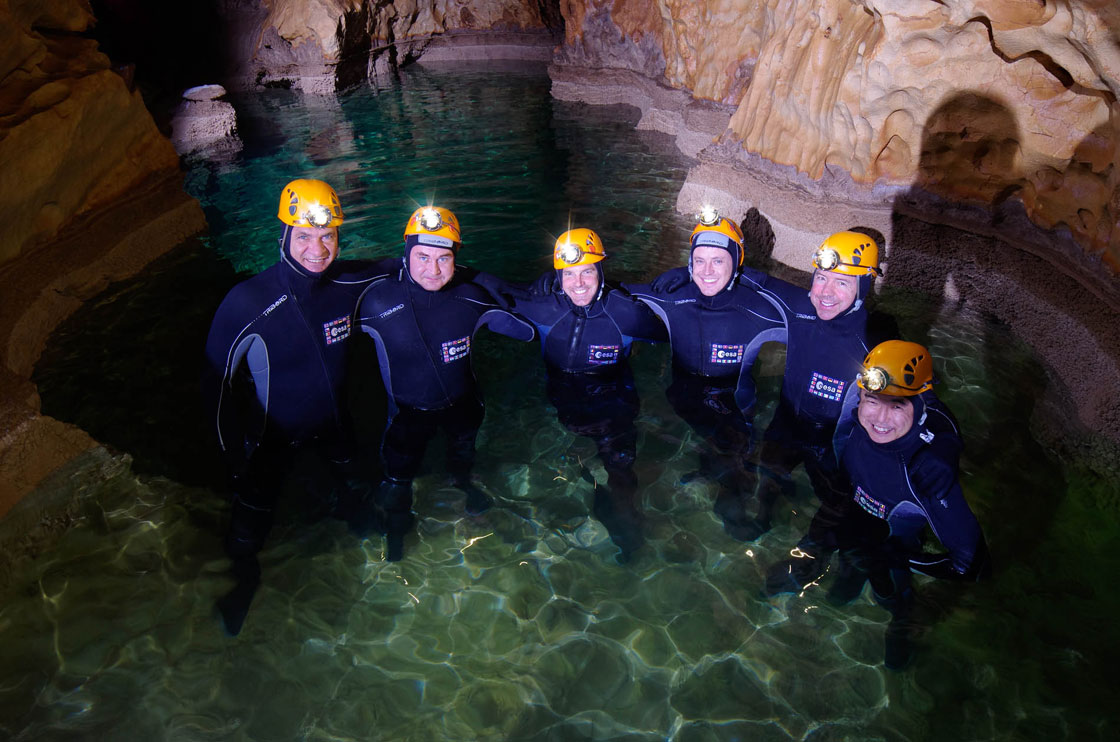TORONTO – Canadian Space Agency astronaut Jeremy Hansen is exploring our world as very few have.

He’s not heading up, however, but rather, down. Deep down.
In an exercise designed to put astronauts in an “analog” environment similar to the ISS, Hansen will be living underground for six days in Sardinia, Italy, with six other astronauts from around the world as they conduct several science missions.
“This is an opportunity unlike any other,” said Hansen.
Read: A look at Chris Hadfield, the Canadian who made space cool
“The job as an astronaut, it really is fantastic,” he said. “There are so many incredible opportunities, just one after the other. I was up in the Arctic this summer on a geology expedition, which is not unlike what I’m doing here.”
Called the Cooperative Adventure for Valuing and Exercising human behaviour and exercise skills (CAVES), the training is run by the European Space Agency.
The six-day mission starts on Sept. 20 and is designed to put astronauts in situations where teamwork is vital – just like living aboard the International Space Station (ISS).
Though Hansen isn’t yet scheduled to head into space, the earliest would be 2016.
Hansen and the other astronauts finished their CAVES training this week. Starting on Friday, they will make a five- or six-hour hike into the caves and set up base camp. From there, they will explore further into the caves, both in explored and the unexplored parts.
“One of the reasons it’s useful is that you’re practising teamwork in a hostile environment,” Hansen said. “There’s a lot of risk that has to be managed; you’re deep in a cave; rescue is very, very far away; you have to take care of yourselves and your team; work together; accomplish science objectives…and you don’t know what you’re going to find.”
He compared the CAVES exercise to living aboard the ISS.
“We send six people to the space station; they’re isolated; they’re trapped in a tin can for an extended period of time; it’s not entirely comfortable living on the ISS…And then on top of all the risks…you’re doing real science. There’s always that time pressure, and that’s exactly what they try to create for us here.”
Hansen said that he’ll be interested to see how being isolated for such a long time will affect his senses.
“Apparently, when you come out of the cave from complete isolation, your sense of smell will have completely changed and you will have a smell awareness…that is a lot like astronauts describe when they get out of their space capsule or space shuttle after a long-duration mission in space. That’ll be kind of interesting to experience.”
When asked if he would consider taking part in something like the recently-planned private one-way mission to Mars, Hansen said that, though it might be right for some, it wasn’t for him.
“As it turns out, I really enjoy living on this planet,” Hansen replied, laughing.
“This is a pretty good place to live, when you think about it.”




Comments